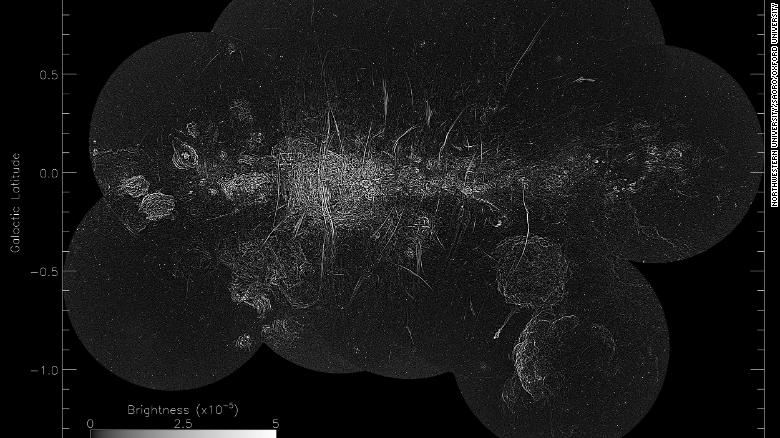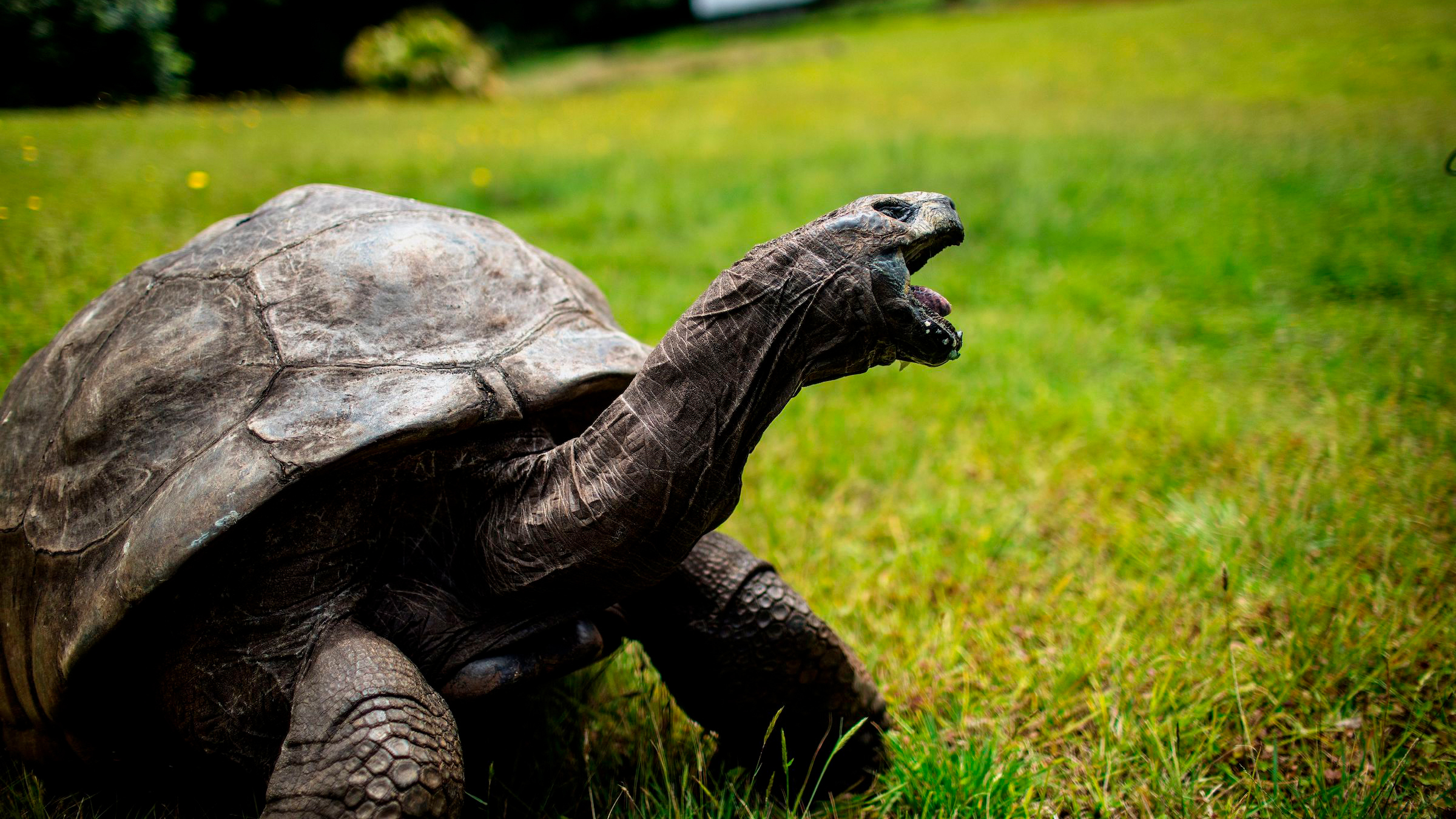Particle X ... from the BEGINNING OF TIME! ...
Gassho, J
STLAH
'X particle' from the dawn of time detected inside the Large Hadron Collider
Physicists at the world's largest atom smasher have detected a mysterious, primordial particle from the dawn of time.
About 100 of the short-lived "X" particles — so named because of their unknown structures — were spotted for the first time amid trillions of other particles inside the Large Hadron Collider (LHC), the world's largest particle accelerator, located near Geneva at CERN (the European Organization for Nuclear Research).
These X particles, which likely existed in the tiniest fractions of a second after the Big Bang, were detected inside a roiling broth of elementary particles called a quark-gluon plasma, formed in the LHC by smashing together lead ions. By studying the primordial X particles in more detail, scientists hope to build the most accurate picture yet of the origins of the universe. They published their findings Jan. 19 in the journal Physical Review Letters.
... Scientists trace the origins of X particles to just a few millionths of a second after the Big Bang, back when the universe was a superheated trillion-degree plasma soup teeming with quarks and gluons — elementary particles that soon cooled and combined into the more stable protons and neutrons we know today.
Just before this rapid cooling, a tiny fraction of the gluons and the quarks collided, sticking together to form very short-lived X particles. The researchers don't know how elementary particles configure themselves to form the X particle's structure. But if the scientists can figure that out, they will have a much better understanding of the types of particles that were abundant during the universe's earliest moments.
"Theoretically speaking, there are so many quarks and gluons in the plasma that the production of X particles should be enhanced," Lee said. "But people thought it would be too difficult to search for them, because there are so many other particles produced in this quark soup." But the researchers did have a handy clue to work with. Although particle physicists don't know the X particle's structure, they do know that it should have a very distinct decay pattern, because the "daughter" particles it makes should zip off across a very different spread of angles than those produced by other particles. This knowledge enabled the researchers to produce an algorithm that picked out the telltale signs of dozens of X particles.
https://www.livescience.com/x-partic...ted-inside-lhc
Physicists at the world's largest atom smasher have detected a mysterious, primordial particle from the dawn of time.
About 100 of the short-lived "X" particles — so named because of their unknown structures — were spotted for the first time amid trillions of other particles inside the Large Hadron Collider (LHC), the world's largest particle accelerator, located near Geneva at CERN (the European Organization for Nuclear Research).
These X particles, which likely existed in the tiniest fractions of a second after the Big Bang, were detected inside a roiling broth of elementary particles called a quark-gluon plasma, formed in the LHC by smashing together lead ions. By studying the primordial X particles in more detail, scientists hope to build the most accurate picture yet of the origins of the universe. They published their findings Jan. 19 in the journal Physical Review Letters.
... Scientists trace the origins of X particles to just a few millionths of a second after the Big Bang, back when the universe was a superheated trillion-degree plasma soup teeming with quarks and gluons — elementary particles that soon cooled and combined into the more stable protons and neutrons we know today.
Just before this rapid cooling, a tiny fraction of the gluons and the quarks collided, sticking together to form very short-lived X particles. The researchers don't know how elementary particles configure themselves to form the X particle's structure. But if the scientists can figure that out, they will have a much better understanding of the types of particles that were abundant during the universe's earliest moments.
"Theoretically speaking, there are so many quarks and gluons in the plasma that the production of X particles should be enhanced," Lee said. "But people thought it would be too difficult to search for them, because there are so many other particles produced in this quark soup." But the researchers did have a handy clue to work with. Although particle physicists don't know the X particle's structure, they do know that it should have a very distinct decay pattern, because the "daughter" particles it makes should zip off across a very different spread of angles than those produced by other particles. This knowledge enabled the researchers to produce an algorithm that picked out the telltale signs of dozens of X particles.
https://www.livescience.com/x-partic...ted-inside-lhc
STLAH



 Just scratches, left by a failure of the universe to use placemats.
Just scratches, left by a failure of the universe to use placemats. 









Comment